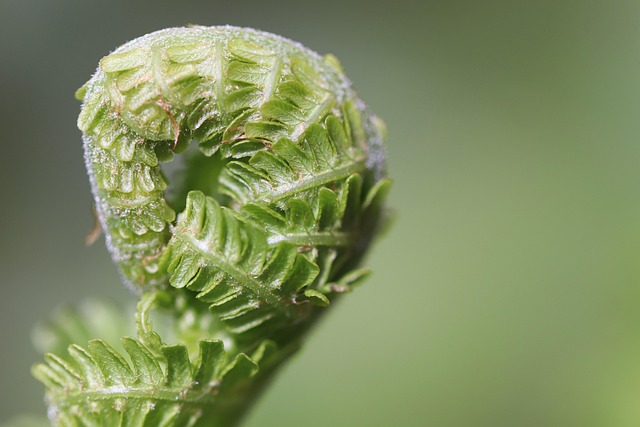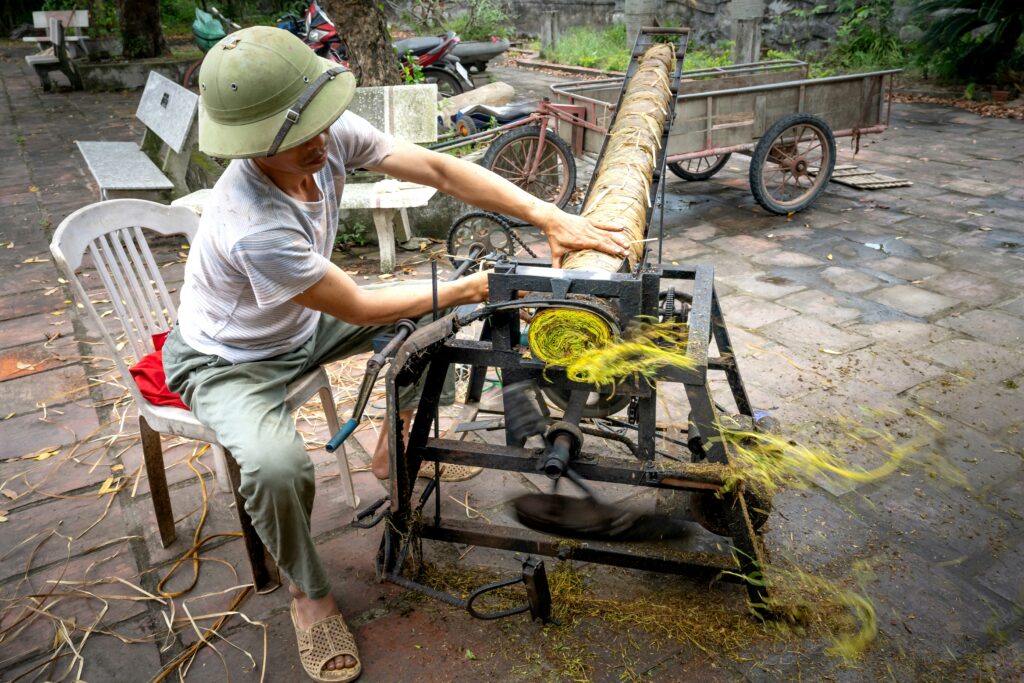Start with how you actually live in your backyard. Are you out there sipping coffee in the morning? Hosting weekend barbecues? Growing tomatoes in raised beds? Or maybe it’s all about giving the kids a place to run wild. Pay attention for a week or two. What do you naturally gravitate toward? What do you avoid?
Next, make two lists. One for your must-haves and one for your nice-to-haves. A grill station might be essential, while a fire pit could be a bonus. Shade somewhere? Probably a must. An outdoor pizza oven? Only if it fits the budget and space.
Then break the yard into zones. Think: dining zone, lounging zone, play zone, garden zone, and storage zone. Defining areas—even informally—helps you use the space better. It also keeps things from feeling jumbled. A clear, simple plan beats a Pinterest board full of scattered ideas every time.
Plan your layout like you’re telling a story—clear, intentional, and with breathing room. Don’t corner yourself into awkward transitions or cramped zones. Think about how people (and the camera) will move through the space. A good flow can make or break the viewer’s experience.
Use natural elements—tree lines, elevation shifts, furniture—or hardscaping like pavers or fencing to subtly guide the eye and foot traffic. These features define your space without it feeling forced.
Leave some open ground. Not every bit has to serve double-duty. Blank space gives contrast, helps scenes feel less chaotic, and often becomes your go-to spot for flexible filming. Where you leave room can be just as important as where you fill it.
Design choices aren’t just about taste—they set the tone for your entire space. Pick a design theme and stick to it. Whether it’s modern, rustic, coastal, or something in between, consistency helps people connect with your space instantly. Mismatched styles confuse viewers more than they inspire them.
Materials carry weight—sometimes literally, but always visually. Wood adds warmth. Stone feels grounded. Metal brings in a sleek, industrial vibe. Don’t just toss them in because they look good. Use them to say something about your brand and the story you want to tell.
And don’t forget function. Great design works hard. Think about seating that doubles as storage, or lighting that grabs attention without stealing the show. Smart design solves problems while looking clean and intentional. In 2024, the aesthetic needs to earn its place.
Landscaping done right is less about flashy installs and more about smart layering. Mixing trees, shrubs, and ground-level plants gives your space visual depth and natural privacy. It also helps your yard evolve through the seasons instead of falling flat mid-year.
If you’re not already leaning into native plants, now’s the time. They’re built for your local climate, so they need less water, less maintenance, and fewer chemicals to stay healthy. Bonus: they fit right in with the local ecosystem.
For smaller spaces, don’t ignore vertical gardening. Trellises, wall planters, or climbing vines can turn a blank fence into a living backdrop without stealing square footage.
Want to go greener? Check out these Essential Landscaping Tips for Sustainable Outdoor Spaces for more ideas.
Adding utility without sacrificing vibe is the name of the game in outdoor design right now. Multipurpose features are leading the charge.
The fire pit and table combo is a go-to. It’s half gathering spot, half functional surface. Use it to roast marshmallows or set down your drink. This kind of hybrid keeps spaces cozy and usable long after sundown.
Raised garden beds are pulling double duty too. Designers are building in wide ledges and cushions that let them work as seating. It’s a win-win. You grow herbs or flowers and wind up with an extra place to sit when friends drop by.
Shade sails are pulling in design points while doing the hard work of sun coverage. They add shape and color overhead without bulk or cost. Think sharp edges, natural palettes and layered textures.
Storage benches are no longer clunky eyesores. The best ones blend into deck railings, corner nooks or full-on patio sets. Clean lines and neutral materials help them disappear—until you need a place to stash cushions or citronella candles.
If it’s not working at least two jobs, it’s probably not worth building in.
Small Touches, Big Impact: Easy Decor Upgrades for Outdoor Spaces
Even the smallest decor updates can make a big difference in the atmosphere of your outdoor area. With the right choices, you can boost comfort and style without creating clutter.
Add Personality with Purpose
Instead of filling your space with items that crowd or confuse, focus on a handful of impactful details:
- Layer throws and cushions in complementary colors or patterns
- Use a few well-placed pillows to introduce seasonal tones or textures
- Incorporate planters in varying heights to add greenery and dimension
These elements add warmth and personality while keeping the space functional and inviting.
Choose Materials That Last
Outdoor items face sun, wind, and rain, so be selective:
- Opt for weather-resistant fabrics and fade-resistant dyes
- Pick planters made of durable resin, fiberglass, or treated wood
- Look for UV protection in textiles and finishes to extend longevity
Investing in the right materials means your space stays polished even after repeated exposure to the elements.
Rotate With the Seasons
Keeping your outdoor feel fresh doesn’t require constant reinvestment. A seasonal rotation strategy can update the look without much effort:
- Switch cushion covers or throw blankets with the changing seasons
- Add seasonal plants or greenery for natural variation
- Use lanterns, candles, or other accent pieces that reflect the time of year
This approach keeps your outdoor area feeling considered and current, while still being easy to manage.
Lighting makes or breaks an outdoor space, and vlogs are no exception. Whether you’re filming a backyard BBQ or a campsite cookout, nailing the lighting can help set the mood and keep your footage usable after sundown.
Start with ambient lighting—string lights, lanterns or low-glow LEDs—to create a vibe. These aren’t meant to spotlight any specific action but help your scene look lived-in and warm on camera. For the spots where action happens, like slicing onions or flipping steaks, task lighting is essential. A focused LED over the prep station or portable clamp lights near the grill can make food look better and help your audience actually see what you’re doing.
If you’re off-grid or just don’t want to mess with extension cords, solar lights have come a long way. Many now come with motion sensors or dimmable features, giving you flexibility without eating battery life. Less hassle, smaller footprint.
When you’re shooting in the wild or during golden hour fades to dusk, set lighting with care. It’s not just about aesthetics—it’s about keeping your viewers tuned in when the sun calls it a day.
Don’t over-design. That’s rule one. A backyard isn’t a showroom, it’s a space you live in. Cluttering it with trendy fixtures or hyper-styled zones might look good on Instagram, but it doesn’t always translate into utility. Breathe some air into the layout. Let there be gaps, quiet zones, pathways that aren’t always leading to the next feature.
Function comes first. Every inch should earn its keep—whether that’s a firepit you actually use, a table that sees daily coffee, or a patch of grass where your kid or dog always ends up. That said, functional doesn’t mean dull. You can have sharp edges and clean lines while still giving the space some soul.
Start with how you live. Do you grill, garden, nap, read, host? Design to fit that. Add style as a reflection of use—not the other way around. Because the best backyards aren’t overdone. They’re just well-lived.


 Jarvison Nagyan is a leading tech analyst at drhextreriorly, known for breaking down complex technologies into clear, practical insights. His work focuses on emerging trends, digital innovation, and how new tools reshape everyday life. Jarvison’s ability to simplify advanced concepts makes him a trusted voice for readers looking to stay ahead in the fast-moving tech world.
Jarvison Nagyan is a leading tech analyst at drhextreriorly, known for breaking down complex technologies into clear, practical insights. His work focuses on emerging trends, digital innovation, and how new tools reshape everyday life. Jarvison’s ability to simplify advanced concepts makes him a trusted voice for readers looking to stay ahead in the fast-moving tech world.

